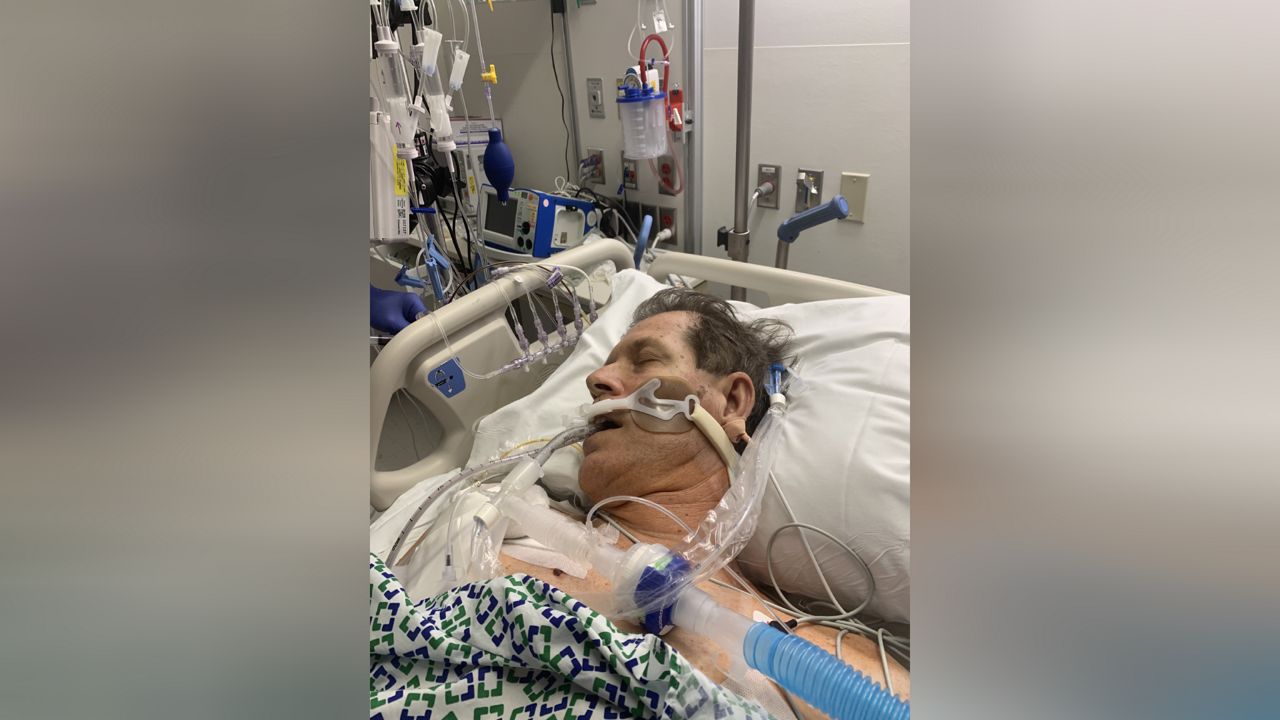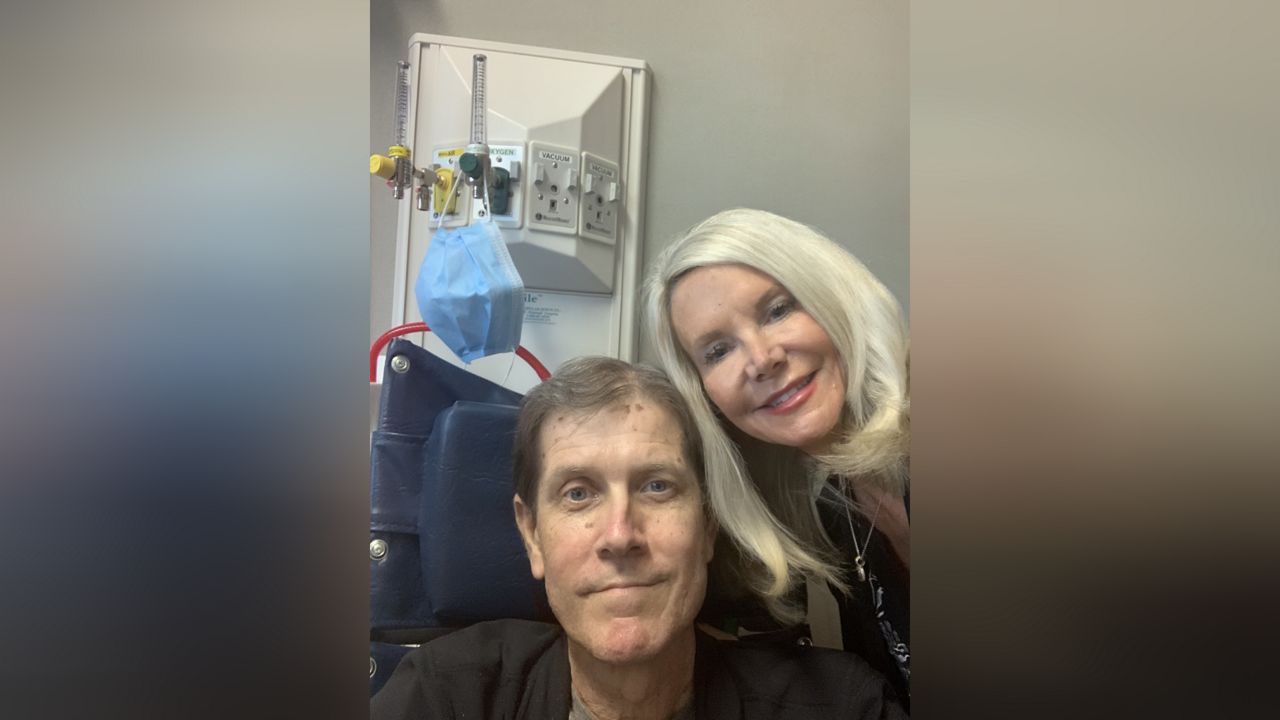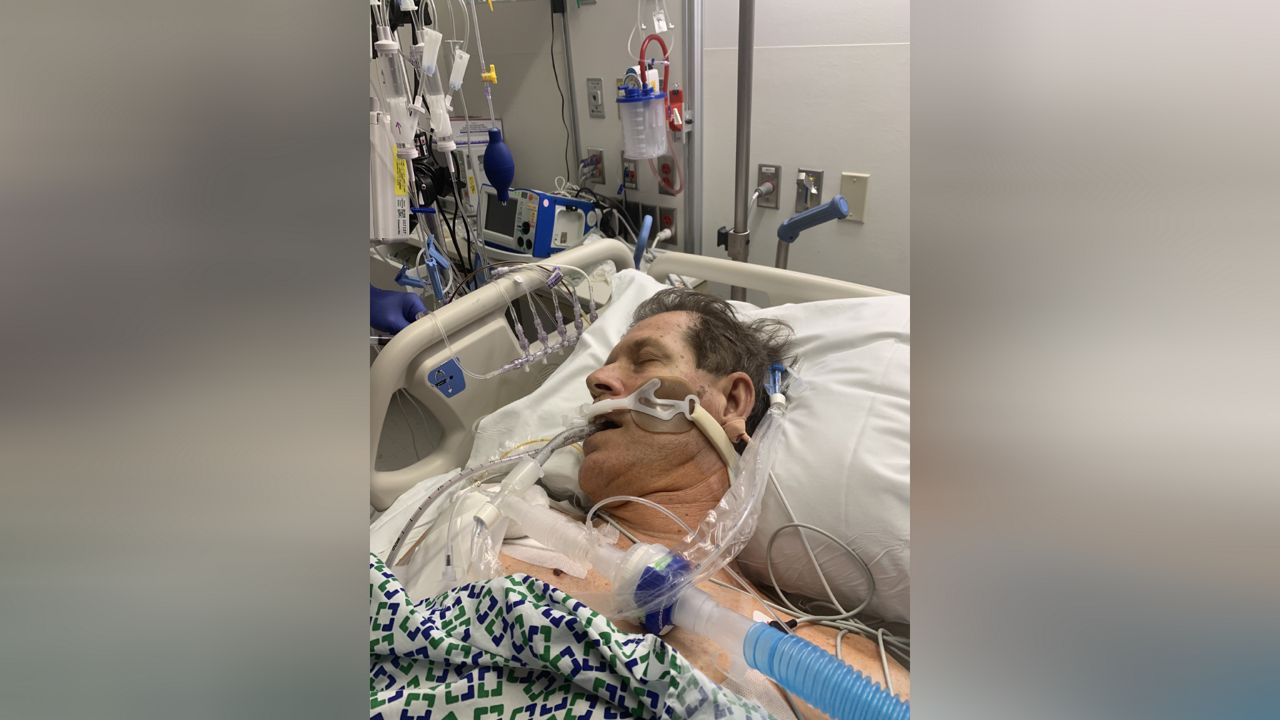CLEVELAND — The Cleveland Clinic is the No. 1 hospital for heart care in the country.
And one Cleveland Clinic doctor said he found out why.
He went from physician to patient after a major heart attack that led to a heart transplant.
Since January, Dr. Fredrick Wilson has been working from home.
“I miss seeing the patients,” Wilson said.
Wilson had a heart attack last summer at age 64.

“I had this acute injury to my heart and so the heart was dead,” he said.
It was a complete shock, even to his cardiologist.
“When he came in he said we do not know why you had a heart attack, you know, by the typical standards we look at. Cholesterol, or smoking, or eating poorly, or not getting your exercise – you were doing all of that,” Wilson said.
Wilson has been a Cleveland Clinic doctor for 24 years after all. He’s been eating right and exercising regularly his whole life, he said.
“I’d be out on a bike all day. Eight hours. Sometimes 80-100 miles,” he said.
There were no warning signs. No chest pain.
Just one night he woke up and couldn’t breathe and the next thing they knew he had less than a 1% chance of survival.
“My family was afraid,” Wilson said. “Certainly, my wife was.”

Although his heart was technically 75% dead, it was overflowing with love for his family.
“First thing I thought of was I want more time with the family,” he said.
A heart transplant saved him so he could have more of that precious time.
He’s a proud father of two daughters.
One is a journalist in West Virginia. She started a blog to chronicle his journey.
“It was two to three weeks before I regained consciousness,” he said.
He was in the hospital for nearly two months and went through cardiac rehab for three months.
His homecoming was an emotional celebration.
“I told my wife if I could have come back as a brain in a bucket, but I could hear and I could see and I could speak in some way I would have accepted that,” Wilson said.
He went from not being able to sit up in bed to being back on the bike.
“One of the things that I can do better than almost anything is ride a bike,” he said.
For now, on a Peloton.
“Well, since my wife won’t let me bike, it’s the next best thing to being there,” he said.
This is his second chance.
“I always told my wife that I wanted to bicycle across America,” Wilson said.
He’s well on his way and hopes to one day finish the “America by Bicycle” tour he started.

Experiences like this seem to put things in perspective, and that’s allowed Wilson to focus on what really matters.
“I still want to have at least 10 more years with the kids and their kids. My grandchildren,” he said.
Wilson is thankful to be alive and credits God and his team at the Cleveland Clinic for his life.
But one of the biggest questions is why this happened at all.
He hopes to find answers to help prevent this from happening to his children should it be some kind of genetic trait that triggered the heart attack.
COVID-19 restricted in-person cardiac rehabilitation for eight weeks last March at the Cleveland Clinic.
The clinic quickly adapted by creating a telehealth option.
The healthcare provider said exercise-based cardiac rehab is an essential part of recovery that lowers the risk of a second heart attack, hospitalization, or death for at least five years.
Rehab during the pandemic includes masks, social distancing and no fans to reduce the risk of spreading the virus.
“After sort of initial drop in cardiac rehab volume due to that temporary shutdown period, in the early months of the COVID-19 pandemic, our numbers have progressively recovered and, in fact, many of our sites are seeing equal if not higher numbers of cardiac rehab enrollment and I think it really actually speaks to those precautions that we’ve been putting in place to ensure patients feel safe,” said Dr. Erik Van Iterson, the director of Cardiac Rehabilitation at the Cleveland Clinic.
There are nine Cleveland Clinic cardiac rehab facilities throughout Northeast Ohio.



